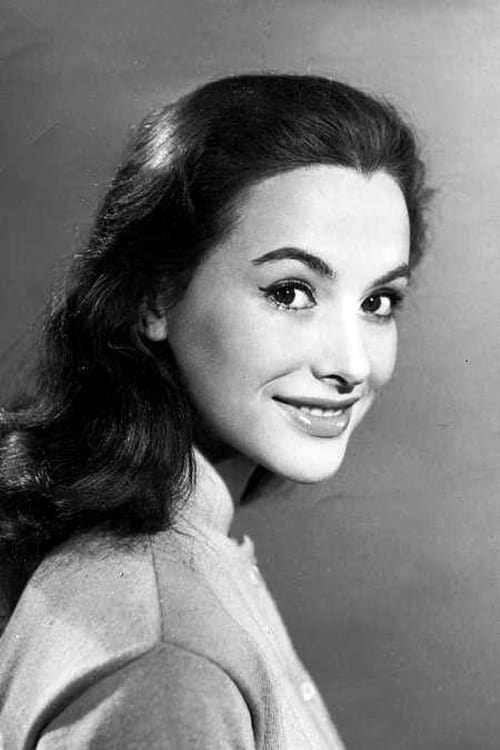
Pascale Audret
Nacimiento : 1935-10-12, Neuilly-sur-Seine, Seine [now Hauts-de-Seine], France
Muerte : 2000-07-17
Historia
Pascale Audret (12 October 1935, Neuilly-sur-Seine – 17 July 2000) was a French actress who was most active during the 1950s through the 1960s.
While she starred in over 25 films between 1955 and 1968, her success never crossed over internationally. Her career in film, television, stage and music stayed in France. One of her most high-profile films came when she starred opposite Orson Welles in the 1961 film La Fayette. The following year she starred in Give Me Ten Desperate Men, which was entered into the 12th Berlin International Film Festival.
Audret was born as Pascale Aiguionne Louise Jacqueline Marie Auffray to Henry Auffray, an industrialist, and Amyelle de Caubios d'Andiran, a musician, second cousin of the French author François Mauriac (respectively by their maternal grandfather and maternal grandmother). Her brother is singer Hugues Aufray.
Audret was married twice, first to actor Roger Coggio and later to music producer Francis Dreyfus. It was her second marriage that produced her daughter Julie Dreyfus, an actress who co-starred in Quentin Tarantino's Kill Bill & Inglourious Basterds. Audret put her career on the back burner after the birth of her daughter Julie in 1966.
Audret died in a road accident in 2000, aged 64. She was in the passenger seat of a car being driven by her companion.
Source: Article "Pascale Audret" from Wikipedia in english, licensed under CC-BY-SA 3.0.

Mama
Anne divides her time between her children, a 16-year-old son and twins Lili and Lolotte and her work as an editor. Her life is turned upside down by the reappearance on the scene of Arthur, one of her first loves, whom she never wanted to see again. He doesn't know that he is the father of the twins but he is determined to win Anne over. The trouble is, she is surrounded by men desperate for her hand and thinks she is in love with one of them.

Anne d'Autriche
In the 17th century, under Louis XIII, the policy of Cardinal de Richelieu aimed at the definitive establishment of a monarchic power, and gave rise to a struggle against the great feudal lords, who favored a weak central power. Numerous conspiracies against the Cardinal were led by the high nobility. The one led by Henri Coiffier de Ruzé d'Effiat, marquis de Cinq-Mars, was the last and most famous of them.

Lulu
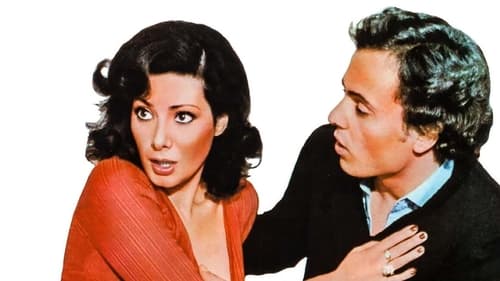
La mère de Martine
Un grupo de amigos intenta ligar con una chica, sin saber que es una prostituta. Ella concede sus favores al más ingenuo, que aún no se ha estrenado en las lides amorosas.

Hélène Lacarène
A man in financial trouble is thinking of killing his wife to get back the money he has placed in her name.
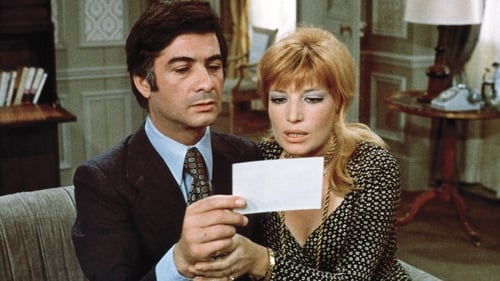
Mme Legendre
Serie de viñetas entrelazadas por un personaje o una situación que conecta una historia con la siguiente. Unos soldados franceses entran a la catedral de Toledo durante la invasión napoleónica. Un capitán besa la estatua de una mujer y destruye la de un hombre. En la época actual, un matrimonio se escandaliza con unas postales que muestran monumentos de París. Un hombre ve pasar unos animales por su cuarto. En una escuela de policías, un gendarme dicta una lección sobre las distintas costumbres antropológicas. Un asesino es dejado en libertad después de matar a 18 personas. Una multitud furiosa asalta un zoológico gritando lemas de la resistencia anti-napoleónica, mientras un avestruz mira directamente al espectador.

Yvonne
A rebellious socially-conscious man travels to Nepal to find his dead-beat dad. There, he meets Jane, a beautiful hippie girl hooked on drugs. He's forced to steal artefacts for his father's slimy employer to earn money to help Jane.

Florence
NY private eye Jeff Milton is investigating a case of kidnapping in Caracas.

Mathilde

Eva
Un hombre de edad ya madura y bien situado decide hacer balance de su citación actual, concertando para idéntico día pero a distintas horas citas con sus tres amantes.

Laure
Feeling complicit in a heinous act of her husband, a woman sinks into decay, then recovers and becomes a nun
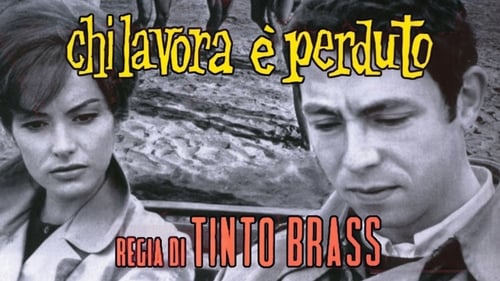
Gabriella
Bonifacio is 27 years old and he is roaming about Venice. He is trying to decide whether to accept a job or not. In so doing, he recalls all his past life: his love story with Gabriella, his old friend Claudio, who had always regarded working as a worthwhile thing, the war, the partisans.
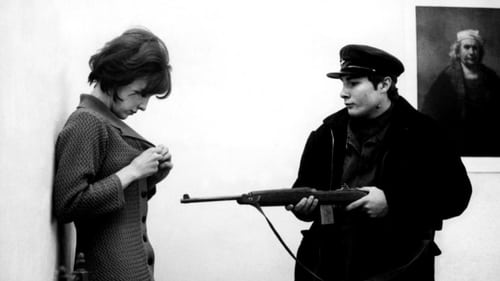
Girl in Car (uncredited)
Parábola antimilitarista donde dos campesinos reciben con júbilo la noticia de su movilización, felices y contentos de los desmanes que podrán cometer bajo el uniforme. (FILMAFFINITY)

Agnès
Three young men are suspected of kidnapping and murdering a little boy. Most likely, two of them are really involved, but one is not. All of their pasts are questionable, riddled with violence and controversy. Neither the police nor the court can decide how to solve that puzzle.
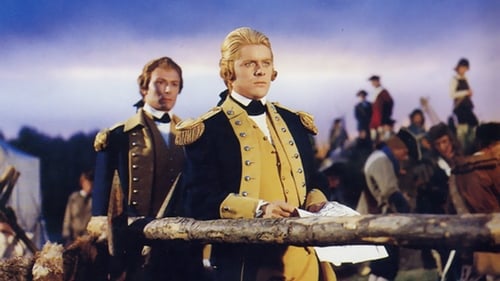
Adrienne de La Fayette
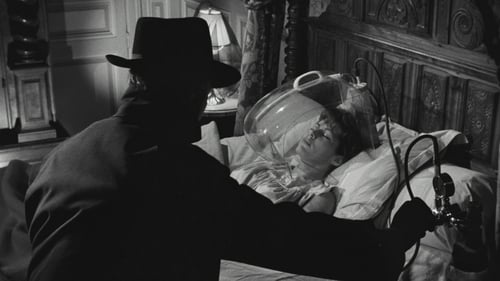
Jeanne
An old count hides just before he dies to annoy his heirs. The heirs search a manor for the count's body and are killed off one by one. Jean-Marie, his fiancée Micheline, and Edwige investigate the deaths and search for the count's body.

Blanche de la Force
En plena Revolución Francesa, la joven Blanche de la Force decide protegerse en un convento y por eso ingresa en la orden Carmelita. Allí conoce a la alegre monja Sor Constance y a la madre Marie, entre otras, y es feliz junto a ellas a pesar de los conflictos externos y de las presiones de su padre para que deje el convento. Film basado en la real y trágica historia acontecida con las dieciséis monjas carmelitas del convento de Compiègne en 1794, y recogida por el escritor francés Georges Bernanos en su obra teatral homónima, que a su vez se inspiró en la pieza “La última del cadalso” de la escritora Gertrud Von Le Fort.

Martine
Martine is a young woman plagued both by poverty and by uncaring, problem parents who in no way can provide the kind of nurturing that Martine needs during her adolescent years. As a result of her family situation, Martine runs away from home and gets involved with a group of teens and young adults from the wrong side of the moral tracks.

Fleur
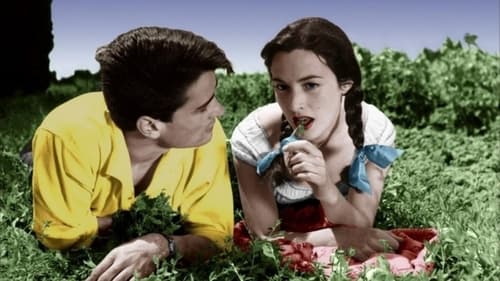
Hortense
The heroine in L'Eau Vive is the unwilling heir to a fortune. Young Hortense (Pascale Audret) has always known that her family was greedy, but until she inherits her father's hidden millions she has no idea how loathsome her relatives could be. Surrounded on all sides by grubby, outstretched hands, Hortense takes some comfort in the fact that her legacy is still missing. When the money is finally recovered, our heroine does the "right thing" with her windfall, leaving her mercenary family empty-handed. Throughout the film, Hortense's dilemma is likened to a government dam project not far from her home; as the bridge grows in size, so too does Hortense's resolve to rise above the nastiness all around her.

In North Africa, an anguished husband tests the character of the doctor he believes is responsible for his wife’s death.

Elisabeth Matheu
Elisabeth is persuaded to have killed her noisy upstairs neighbor, scientist Charles Magne. To save her, Mr. Matheu, Elisabeth's father, accuses himself while Pierrot, Elisabeth's fiancé gets rid of the body in order to save father and daughter. For his part, a gangster also believes he has killed the scientist but he gets shot down by a taxidermist, who runs for life. The girl, her daddy and her boyfriend also run away. But Magne is not dead. A bum is mistaken for him and a police inspector makes everyone believe that he is the one who shot the gangster. At the end of this crazy chain of events all the protagonists are reunited at the station house and everybody dances to express their relief.











